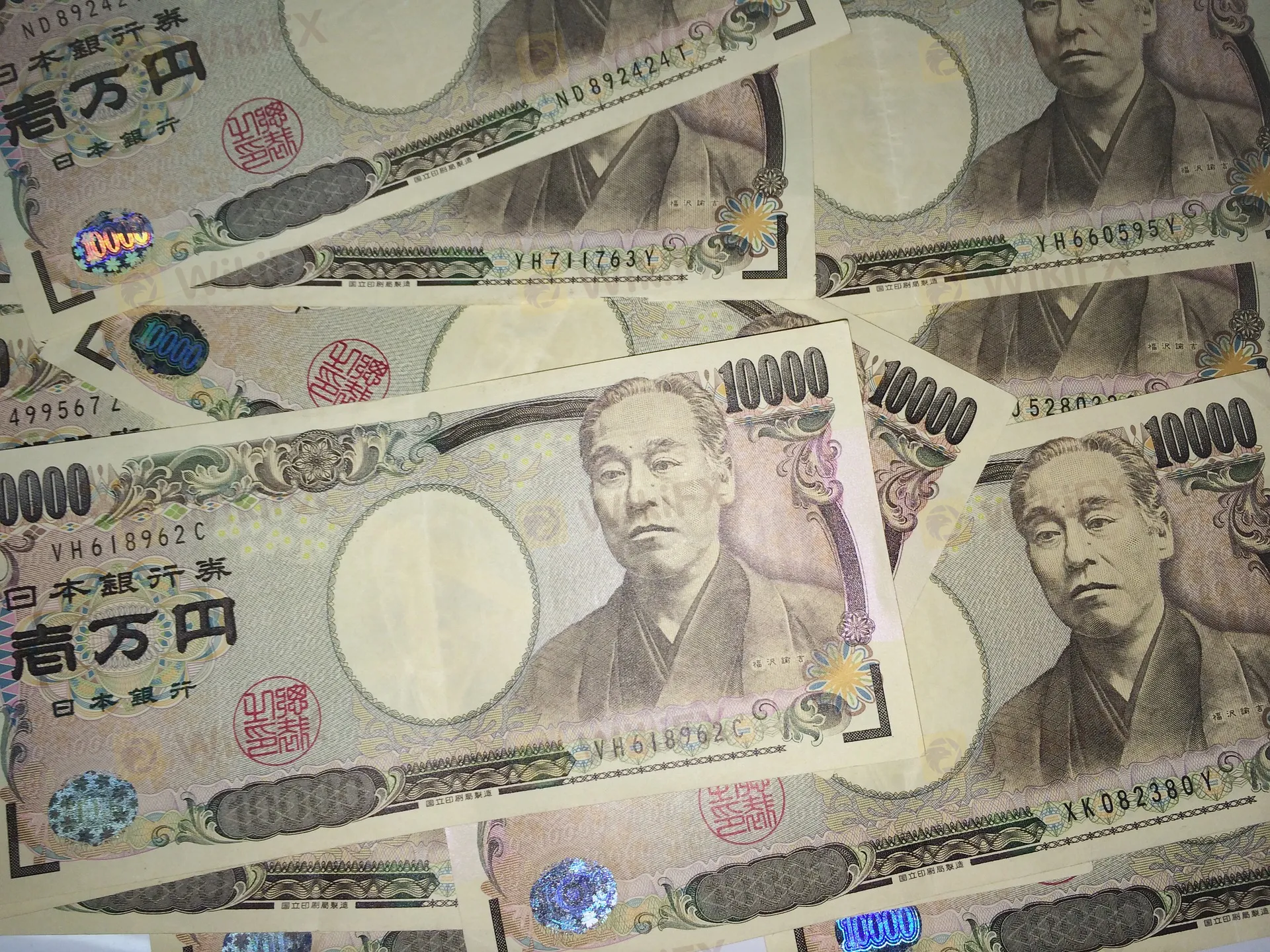简体中文
繁體中文
English
Pусский
日本語
ภาษาไทย
Tiếng Việt
Bahasa Indonesia
Español
हिन्दी
Filippiiniläinen
Français
Deutsch
Português
Türkçe
한국어
العربية
Relationship Between Abe and Japanese Yen
Abstract:Shinzo Abe, the longest-serving Japanese Prime Minister in history, has suddenly resigned on August 28, citing health reasons.
Shinzo Abe, the longest-serving Japanese Prime Minister in history, has suddenly resigned on August 28, citing health reasons. He will remain in his post until a successor is chosen. Mr Abe said he would still participate in the parliamentary vote and would not completely withdraw from politics.

On September 26, 2012, Shinzo Abe was elected as the president of the Liberal Democratic Party and won the general election later on December 26 in the year. After he became the president, the Japanese yen shrank from the peak of 77.13, while after he became the Prime Minister, the country‘s currency kept slipping till June, 2015 and bottomed at 125.86. The reason is the well-known 'Abenomics', which aimed to stimulate Japan’s exports and prevent the worsening deflation by exerting a big depreciation in the value of the currency.
Japan‘s economy once recovered because of the Abenomics, and investors even regained confidence amid the successful Olympic bid. However, no one has ever expected that the outbreak of COVID-19 would completely destroyed the Abenomics and made Abe drained and resign from his post. After Abe announced his resignation, forex traders bought the yen aggressively as no one could anticipated who’s his successor and whether the following policy would be in line with Abes.
On the other hand, Japan‘s stock markets went into a tailspin on the news of August 28. With the unwinding of carry trade and the rising risk aversion, the yen appeared to be strong and popular again. Under the Japan’s uncertain political situation coupled with the continued weakness of the U.S. dollar, the yen has the opportunity to maintain its strength in the short term and challenge the two major resistance levels of 104.19 and 101.48.
Disclaimer:
The views in this article only represent the author's personal views, and do not constitute investment advice on this platform. This platform does not guarantee the accuracy, completeness and timeliness of the information in the article, and will not be liable for any loss caused by the use of or reliance on the information in the article.
Read more

Japanese Yen Price Targets: USD/JPY Breakout Pending- Trade Levels
Price has set a well-defined weekly opening-range just below downtrend resistance and were looking for the break. Here are the levels that matter on the USD/JPY charts.

Yen Strength Amid Market Tumult to Keep BOJ Target Out of Reach
The Yen‘s traditional haven role has seen it boosted by trade war and recession fears. However, with domestic inflation decelerating again, it’s gains put the Bank of Japan is in a very tricky spot.

Yen Eyes 2016 Levels as Argentine Peso Collapses, Sentiment Sours
The Japanese Yen inched closer to 2016 levels as US-China trade tensions and a collapse in the Argentine Peso soured sentiment. APAC shares may decline, further weakening AUD/USD.

Japanese Yen Gains As BOJ Leaves All Monetary Settings Alone
The Japanese Yen got a very modest boost from the BoJs expected decision, perhaps as it contrasted with a more dovish Federal Reserve
WikiFX Broker
Latest News
Top 10 Trading Indicators Every Forex Trader Should Know
ASIC Sues Binance Australia Derivatives for Misclassifying Retail Clients
WikiFX Review: Is FxPro Reliable?
Malaysian-Thai Fraud Syndicate Dismantled, Millions in Losses Reported
Trading frauds topped the list of scams in India- Report Reveals
YAMARKETS' Jingle Bells Christmas Offer!
AIMS Broker Review
The Hidden Checklist: Five Unconventional Steps to Vet Your Broker
Revolut Leads UK Neobanks in the Digital Banking Revolution
Fusion Markets: Safe Choice or Scam to Avoid?
Currency Calculator


